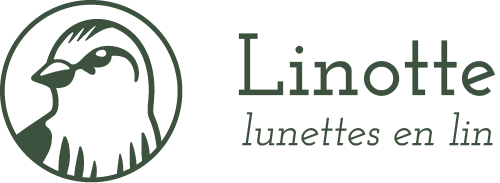The linen fibre is a natural and raw material transformed from plant to fibre by a mechanical process. This means it does not need any chemical products during the process.Discover the different steps of the production:
The linen fibre is a natural and raw material transformed from plant to fibre by a mechanical process. This means it does not need any chemical products during the process.Discover the different steps of the production:
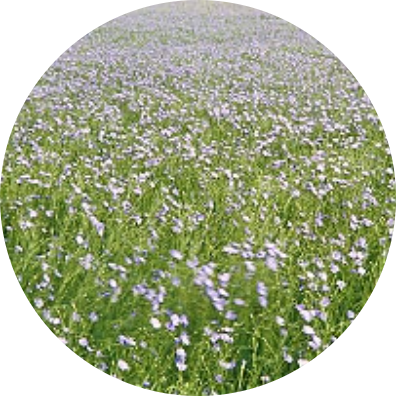
Sowing
Linen has the big advantage of not needing much water to grow. It even helps the soil to regenerate. The sowing of the flax takes place in Spring and it needs about 100 days to grow to its final state.
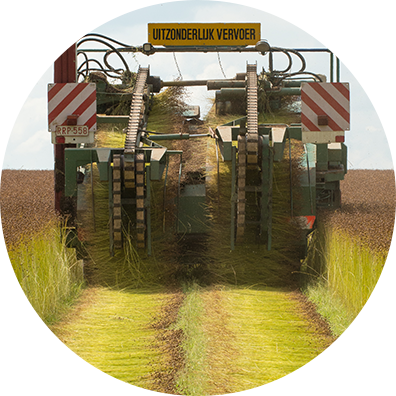
Pulling
When the stems measure about a meter, they are pulled and laid on the ground in swathes.
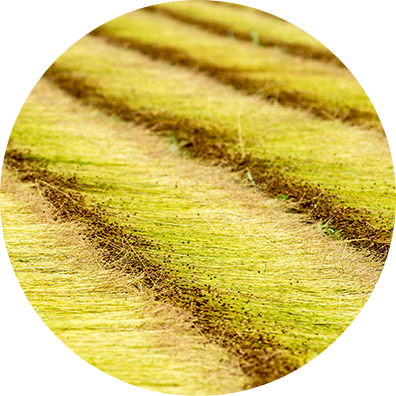
Retting
Retting stimulates the separation of the fibres by breaking down the natural cement binding them to the straw. The process eliminates pectose, under the sun and the rain action, which welds fibres in the ligneous part.

Sowing
Linen has the big advantage of not needing much water to grow. It even helps the soil to regenerate. The sowing of the flax takes place in Spring and it needs about 100 days to grow to its final state.

Pulling
When the stems measure about a meter, they are pulled and laid on the ground in swathes.

Retting
Retting stimulates the separation of the fibres by breaking down the natural cement binding them to the straw. The process eliminates pectose, under the sun and the rain action, which welds fibres in the ligneous part.
Scutching
This mechanical process does not need any chemicals. The straws are converted into fibres by the scutching mill. Stretched out and whipped, the fibres are freed from the rest of the straw.
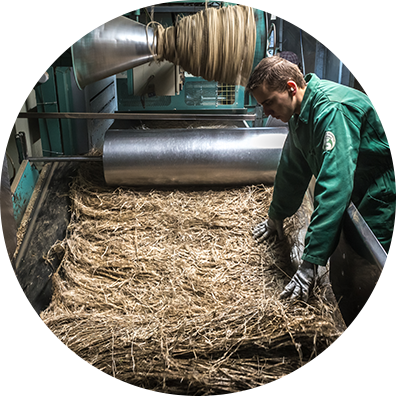
Combing
Placed in order and calibrated, the fibres are combed. This step of the process is important to get rid of any dirt.
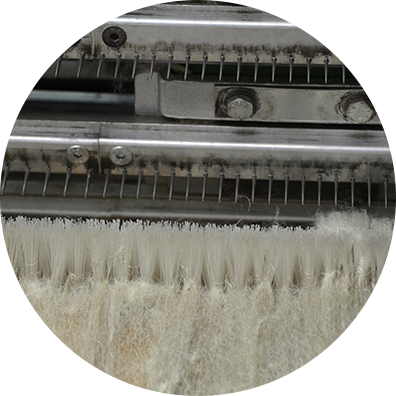
Preparation
The 80 cm fibres are put together to create a ribbon, which looks like a long-lasting wick.
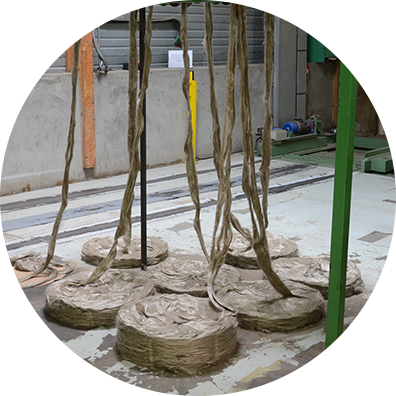

Scutching
This mechanical process does not need any chemicals. The straws are converted into fibres by the scutching mill. Stretched out and whipped, the fibres are freed from the rest of the straw.

Combing
Placed in order and calibrated, the fibres are combed. This step of the process is important to get rid of any dirt.

Preparation
The 80 cm fibres are put together to create a ribbon, which looks like a long-lasting wick.
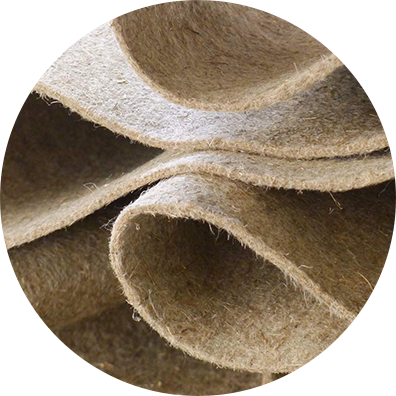
Unwoven
The fibres are put together without any glue. Thousands of metal spikes entangle the fibres. This way, the linen looks consistent.
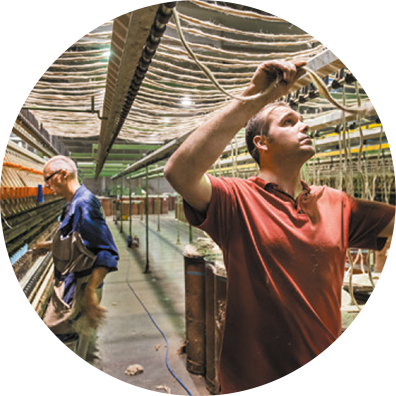
Spinning
The ribbon is stretched to make a long-lasting wick and sometimes it is wet to make a thread. It is possible to create thick and raw threads, or thin ones for textile.
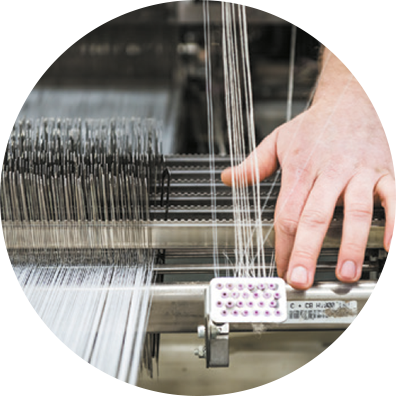
Weaving
Weaving is possible thanks to the thread. There are three main wefts: plain weave, satin and twill.

Unwoven
The fibres are put together without any glue. Thousands of metal spikes entangle the fibres. This way, the linen looks consistent.

Spinning
The ribbon is stretched to make a long-lasting wick and sometimes it is wet to make a thread. It is possible to create thick and raw threads, or thin ones for textile.

Weaving
Weaving is possible thanks to the thread. There are three main wefts: plain weave, satin and twill.
